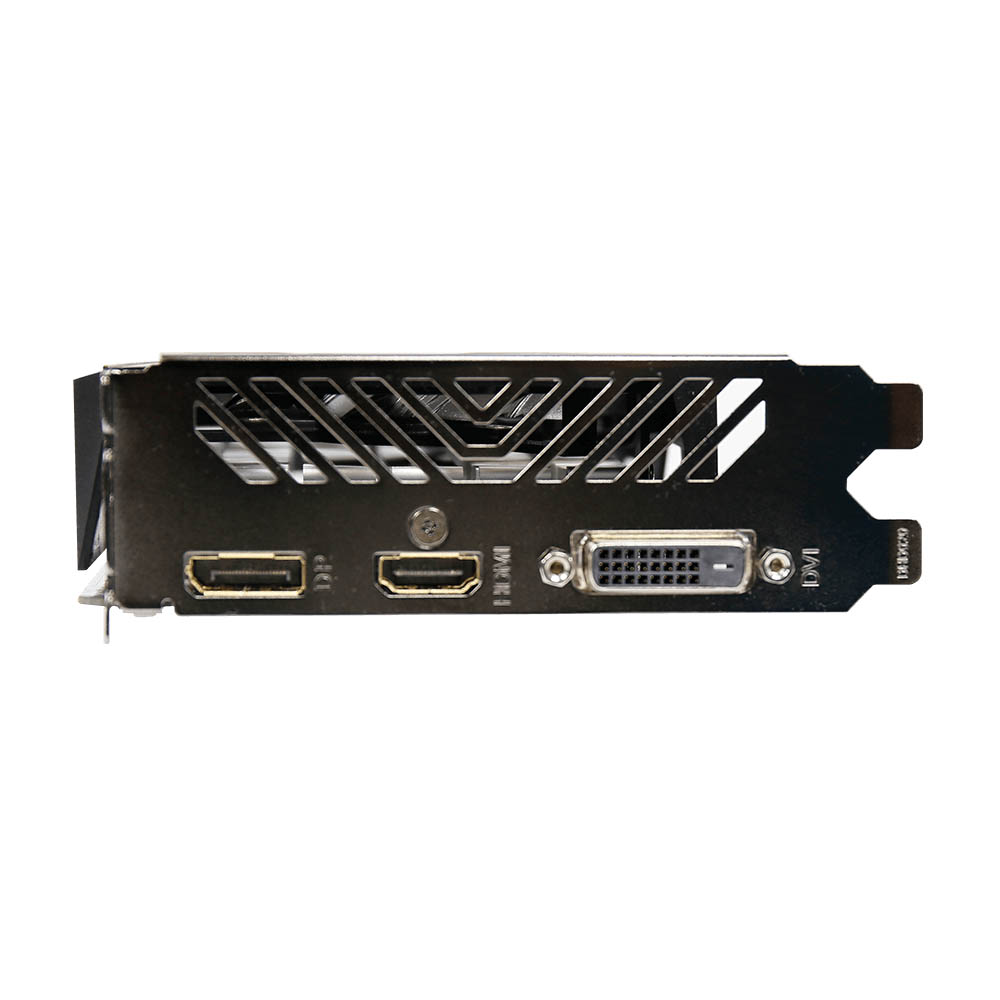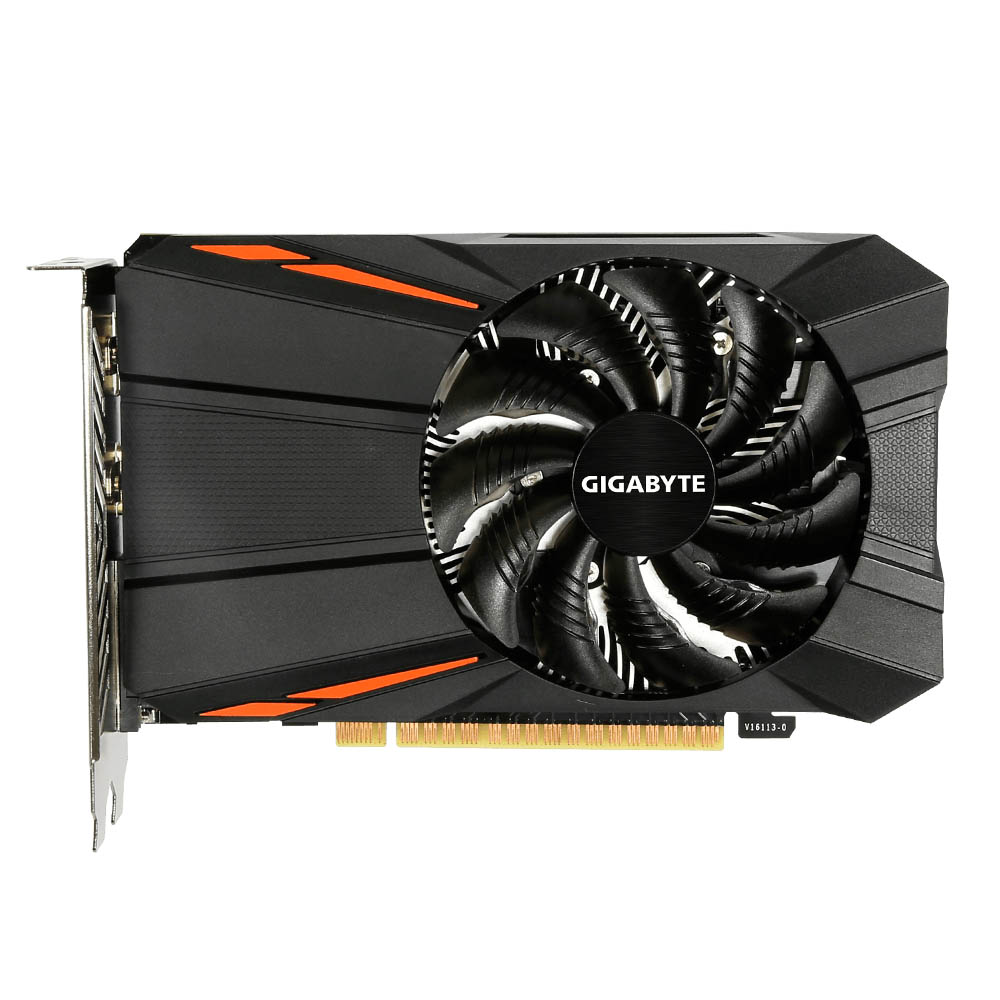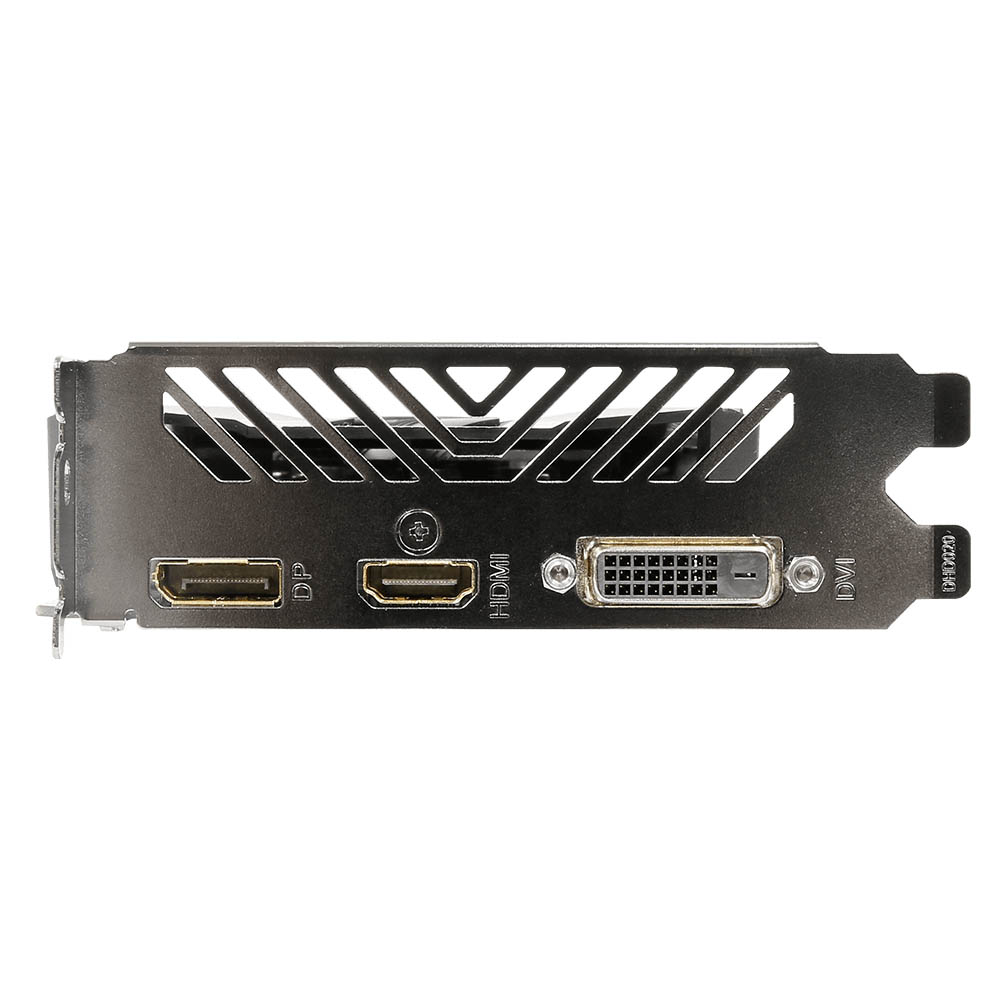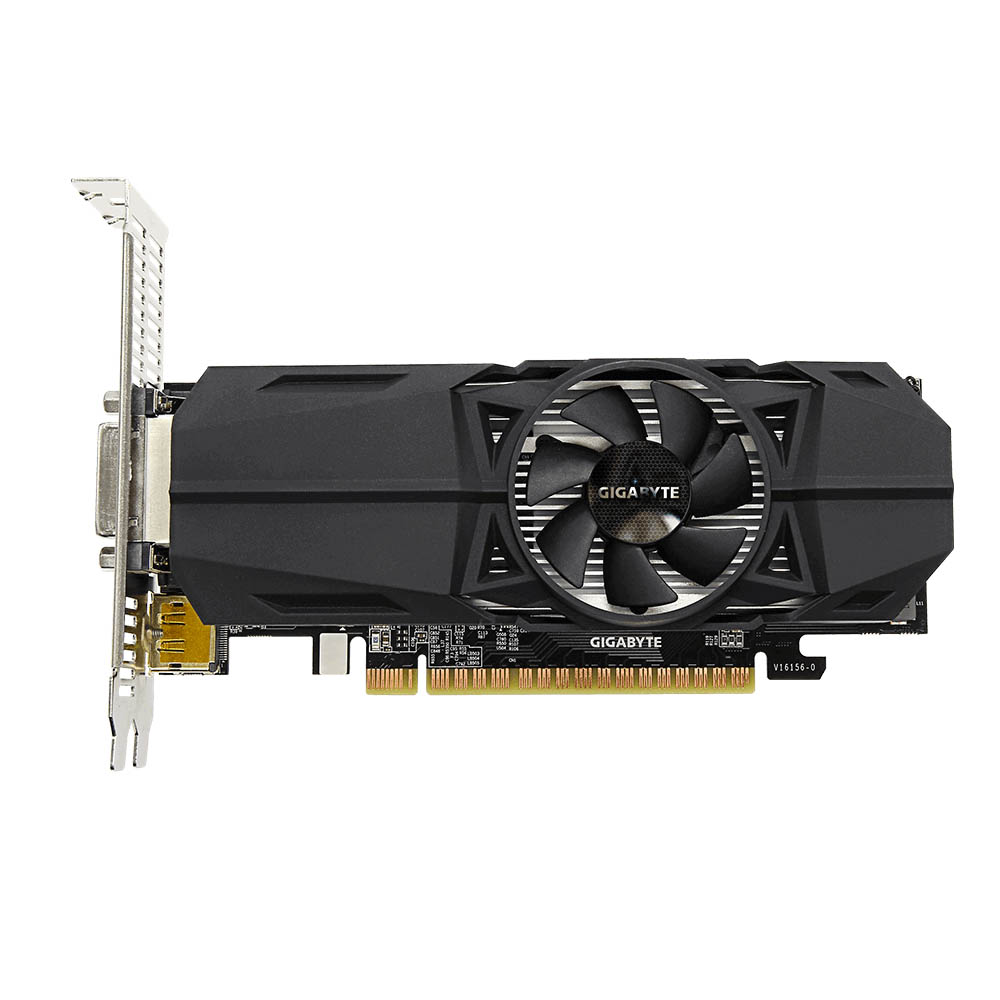Gigabyte Reveals New GeForce GTX 1050 3GB Graphics Cards
The Nvidia GeForce GTX 1050 is without a doubt one of the most popular models among budget-oriented gamers. The little graphics card has enough performance to run modern AAA titles at 1920 x 1080 resolution with a reasonable level of eye candy, and it’s compact enough to fit into any system. Who can blame Nvidia for wanting to milk all it can out of the GP107 silicon?
Last month, the company silently introduced the GeForce GTX 1050 3GB into its existing family of Pascal graphics cards. Positioned in between the GTX 1050 Ti and the original GTX 1050 with 2GB of VRAM, the new iteration of the GTX 1050 features 768 CUDA cores and 3GB of GDDR5 memory running at 7 Gbps across a 96-bit bus. The graphics card has a base clock of 1392 MHz and a boost clock of 1518 MHz.
Gigabyte GeForce GTX 1050 OC 3G



Gigabyte was one of the first graphics card manufacturers to jump on Nvidia’s bandwagon. The company released the GeForce GTX 1050 OC 3G, which comes with a generous factory overclock out of the box. The graphics card measures 191mm long, 111mm wide, and 36mm in height. It features Gigabyte’s award-winning Windforce 2X cooling solution. Connectivity includes a dual-link DVI-D port, HDMI 2.0 port, and DisplayPort 1.4. In Gaming Mode, the GTX 1050 OC 3G operates at 1417MHz with a boost clock of 1556MHz. Gigabyte also offers an OC Mode to crank the base clock up to 1442 MHz and the boost clock to 1582 MHz.
Following in Nvidia’s footsteps, Gigabyte intends to exploit the new GTX 1050 3GB SKU as well. The manufacturer has listed two new models - the GeForce GTX 1050 D5 3G and GeForce GTX 1050 OC Low Profile 3G – on its website.
Gigabyte GeForce GTX 1050 D5 3G



With a footprint of 172mm x 113mm x 30mm, the GeForce GTX 1050 D5 3G is 19mm shorter than the GTX 1050 OC 3G. Due to its reduced length, the graphics card employs a slightly modified version of the Windforce 2X cooling system. Instead of utilizing two 80mm fans, the GTX 1050 D5 3G relies on a single custom-designed 90mm fan. This model comes with the same video outputs as the GTX 1050 D5 3G.
Get Tom's Hardware's best news and in-depth reviews, straight to your inbox.
The Gigabyte GTX 1050 D5 3G runs at 1392 MHz with a 1518 MHz boost that adheres to the reference specifications dictated by Nvidia. However, consumers are free to overclock the graphics card using Gigabyte’s Aorus Engine Utility.
Gigabyte GeForce GTX 1050 OC Low Profile 3G



The GeForce GTX 1050 OC Low Profile 3G, as its name conveys, has a low-profile design making it the perfect candidate for small form factor builds. Coming in at 167mm x 68.9mm x 37mm, it’s the smallest model in Gigabyte’s GTX 1050 3GB product portfolio. Surprisingly, the graphics card has the most options for video outputs out of the three models. It comes with an additional HDMI 2.0 port to support up to four displays.
The GTX 1050 OC Low Profile 3G clocks in at 1404 MHz with a 1544 MHz boost clock in the default Game Mode. While in OC Mode, the graphics card’s base clock is increased to 1430 MHz and the boost clock to 1569 MHz.

Zhiye Liu is a news editor, memory reviewer, and SSD tester at Tom’s Hardware. Although he loves everything that’s hardware, he has a soft spot for CPUs, GPUs, and RAM.
-
TJ Hooker It would be nice if the article stated how the specs of this new gpu compare to the existing 1050 (other than VRAM). Is the CUDA cores count the same, how does the clock speed compare, etc.Reply -
Onus Do they require external power? What is the MSRP? Availability?Reply
I think more information could have been provided here. -
Olle P Reply
In order to save money they decrease the memory bandwidth by 25%.21057077 said:Will they get a ddr4 variant and not telling the costumer ?
Will be interesting to see if more memory now is better than faster memory.
Earlier in history it's always been better to opt for faster memory when picking a low end card.